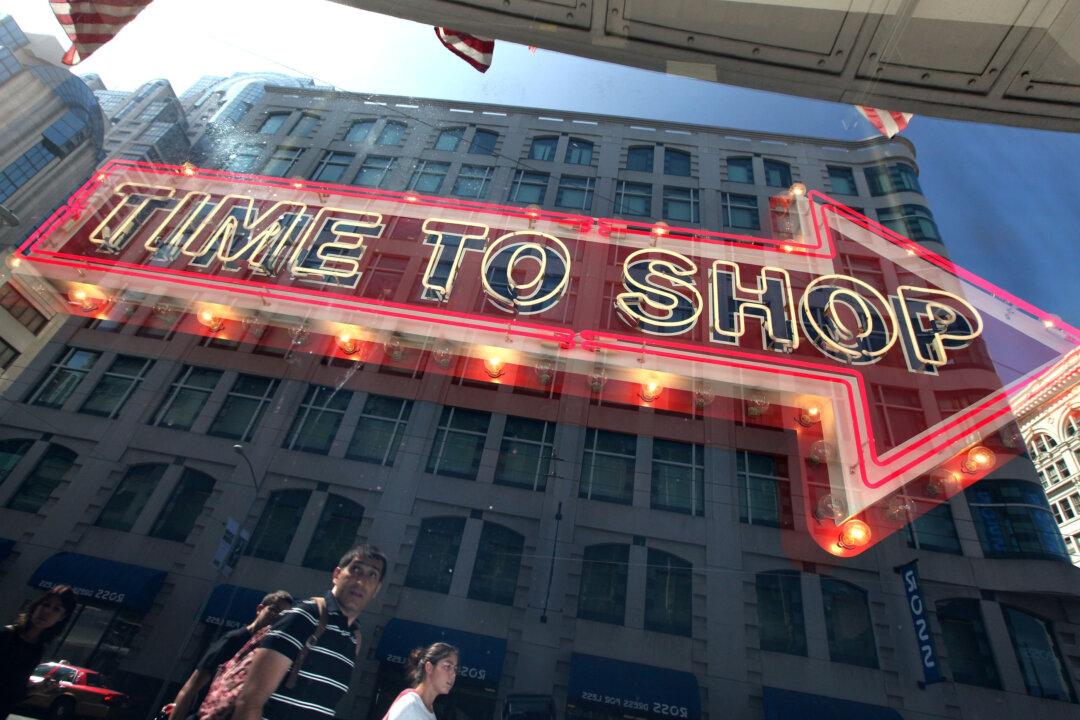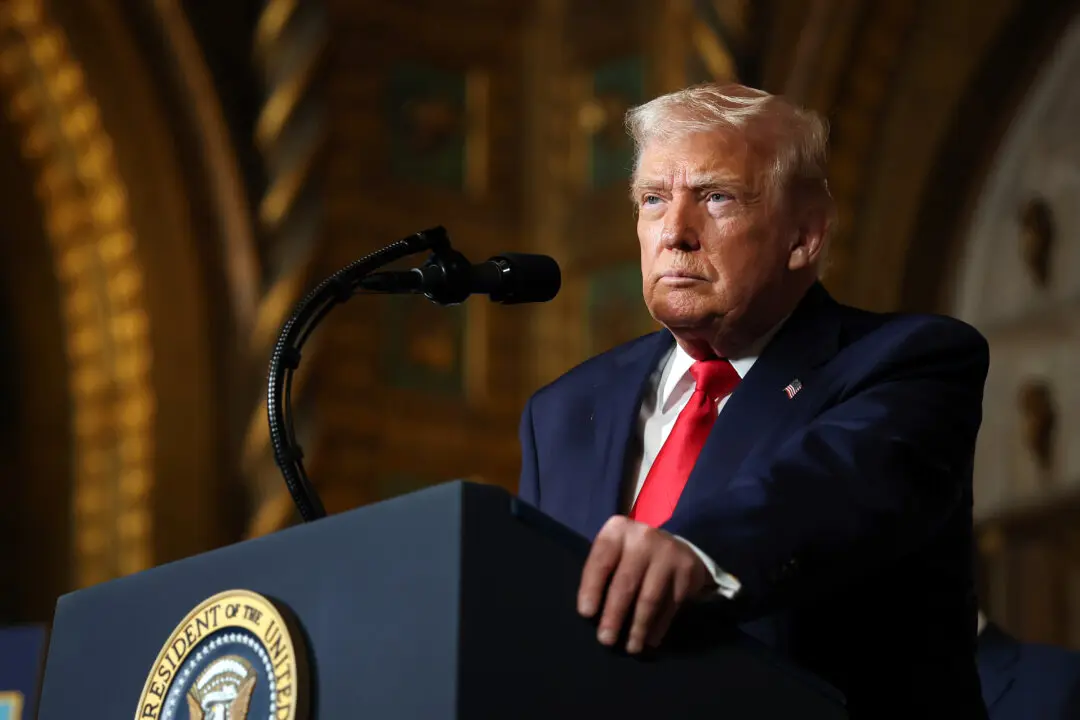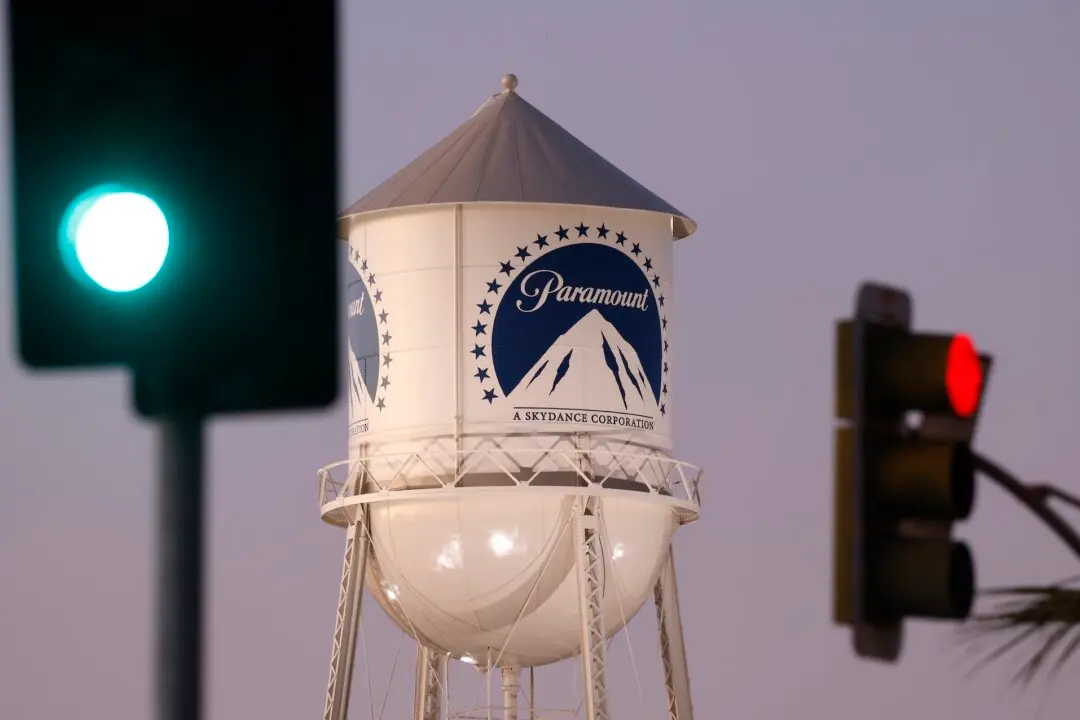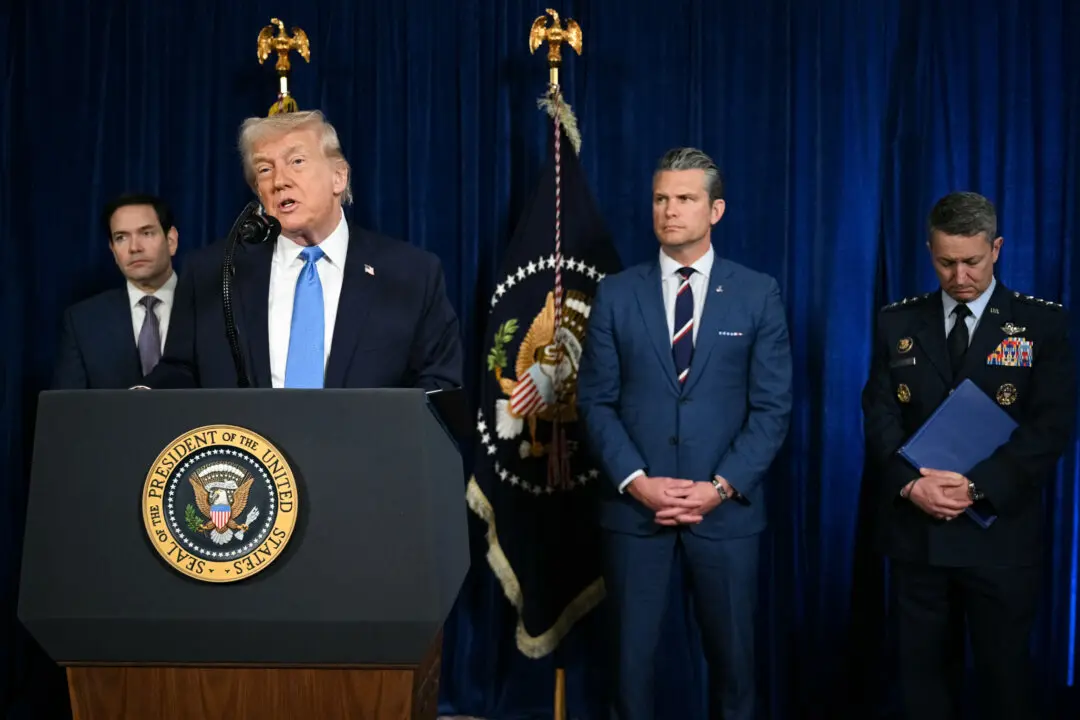Shoppers returned to malls in droves in March, boosted by a sharp rise in personal income and a strong boost in consumer spending, reinforcing the view that a recovery in the pandemic-stricken retail sector is building steam.
Foot traffic at a sample of 50 malls in March was up 86 percent from the same month last year, according to mobile-device location data from analytics firm Placer.ai.





